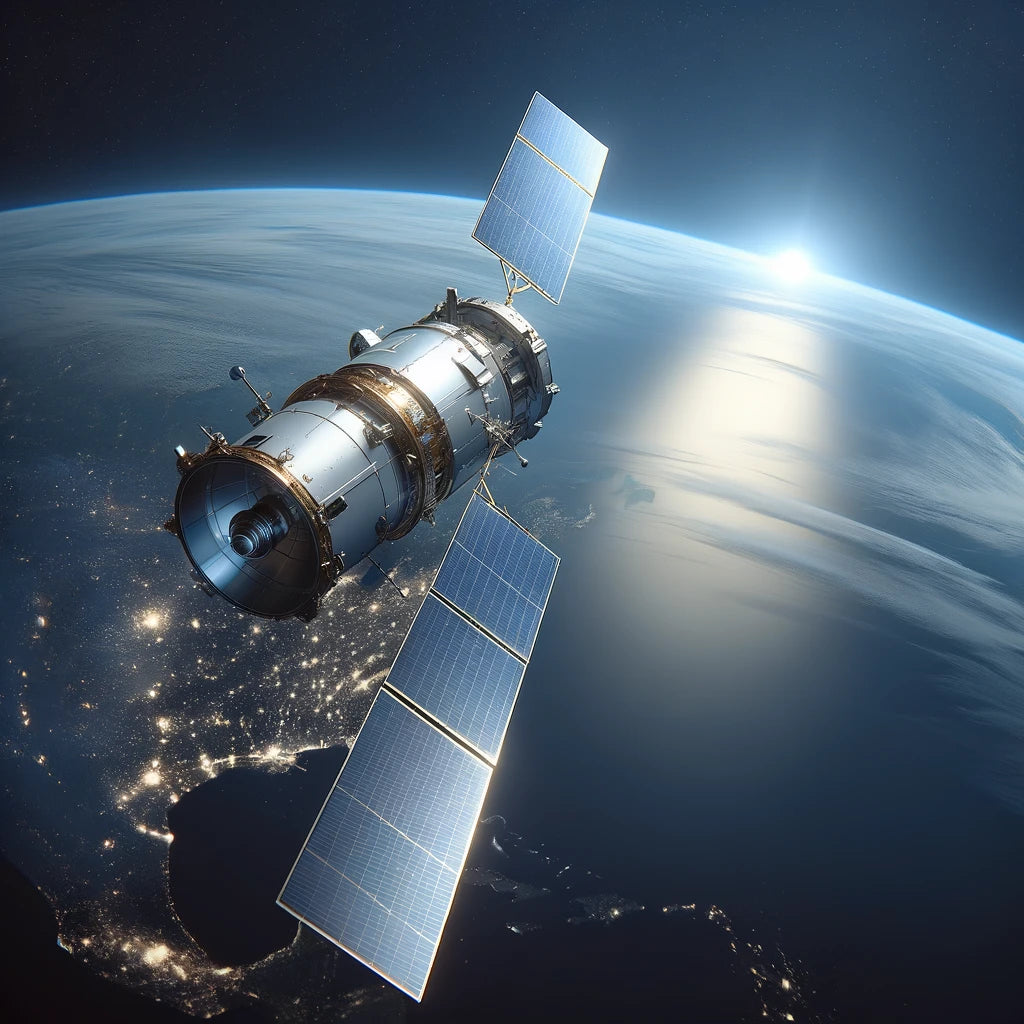
Flow state and hyperfocus
The flow state and hyperfocus are similar in that both involve intense concentration and immersion in a task, but they are distinct phenomena with key differences. Here's a breakdown to clarify their similarities and differences:
Flow State
- Definition: A state of optimal performance and creativity where a person is fully immersed in an activity, feeling energized and focused.
-
Key Characteristics:
- A sense of effortless engagement.
- A clear goal or purpose driving the activity.
- Time distortion—time feels like it speeds up or slows down.
- A balance between the challenge of the task and the individual's skill level.
- Complete absorption in the present moment.
- Trigger: Typically arises when the activity is intrinsically rewarding, challenging, and aligned with one's abilities.
- Emotions: Often associated with joy, satisfaction, and a sense of accomplishment.
-
Common Examples:
- An athlete during a peak performance.
- An artist creating a masterpiece.
- A professional deeply focused on solving a challenging problem.
Hyperfocus
- Definition: An intense concentration on a single task or activity to the exclusion of everything else, often associated with ADHD.
-
Key Characteristics:
- An inability to shift focus even when necessary.
- Neglect of basic needs like eating, drinking, or resting.
- Loss of awareness of time or surroundings.
- Can happen with activities that are not necessarily productive (e.g., playing video games for hours).
- Trigger: Often sparked by high interest, urgency, or enjoyment in a specific task, particularly for individuals with ADHD.
- Emotions: Can lead to frustration if the individual is "stuck" or if other responsibilities are ignored.
-
Common Examples:
- A child with ADHD deeply engrossed in a video game.
- A programmer spending hours debugging code, losing track of time.
Key Differences Between Flow State and Hyperfocus
| Aspect | Flow State | Hyperfocus |
|---|---|---|
| Control | Balanced focus; easy to transition when needed. | Can feel "stuck" and difficult to break out of. |
| Emotional Impact | Uplifting and energizing; associated with joy. | May cause frustration or guilt if overextended. |
| Trigger | Challenging, skill-aligned, and rewarding tasks. | High interest, urgency, or stimulating activities. |
| Outcome | Often leads to productive and creative achievements. | Can result in neglected responsibilities or burnout. |
| Association | Common in anyone with motivation and focus skills. | Often linked to ADHD but can occur in anyone. |
When Do Flow State and Hyperfocus Overlap?
- Both involve intense focus and time distortion.
- Flow state may feel similar to hyperfocus when someone is fully immersed in a task they love, but it remains positive and productive.
- Hyperfocus can lead to flow if the task aligns with the individual's skills and goals but differs when the focus becomes rigid or unhealthy.
Which Is Better for Productivity?
- Flow State is generally more sustainable and balanced, making it ideal for long-term productivity and creativity.
- Hyperfocus can be advantageous in short bursts for tasks requiring deep concentration but may require strategies to manage transitions and avoid burnout.
Understanding these differences can help individuals harness the benefits of each while minimizing potential drawbacks.

